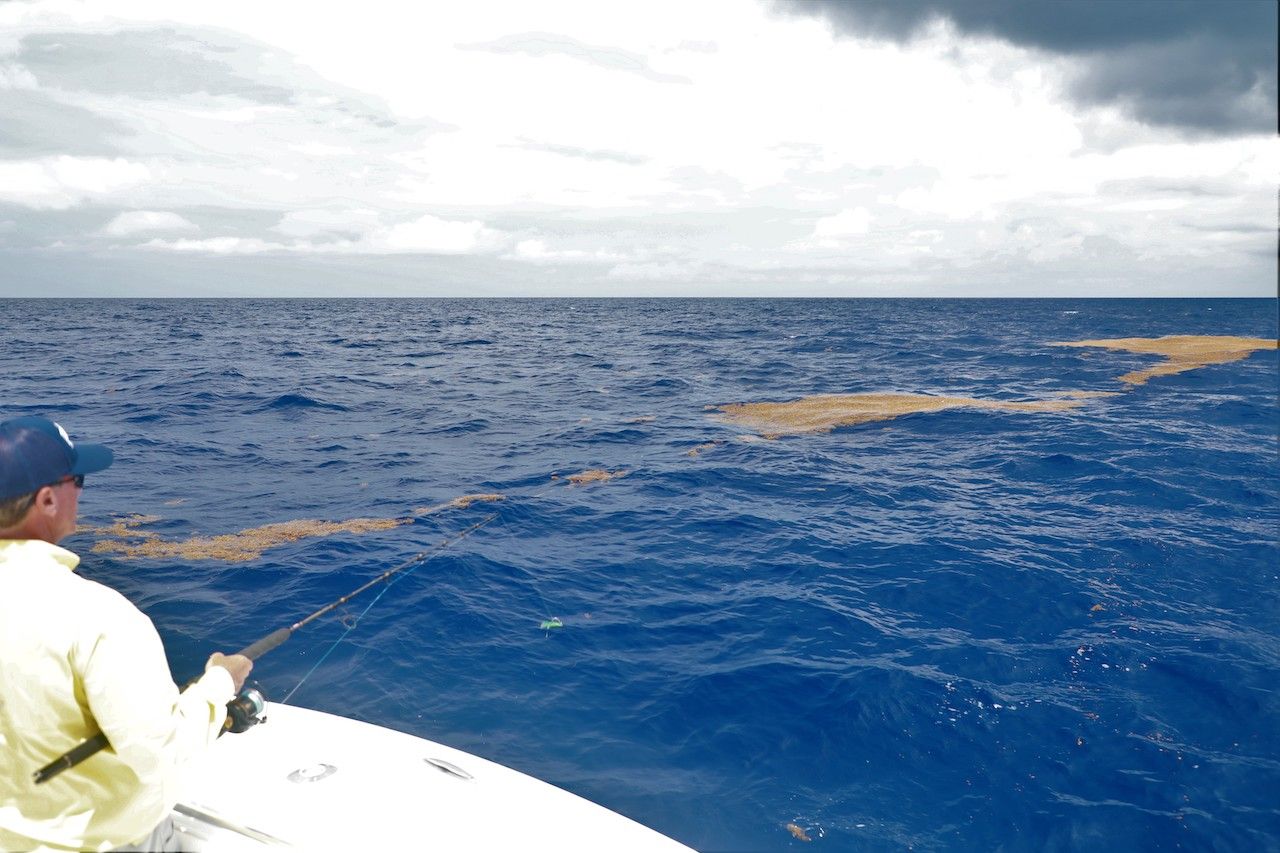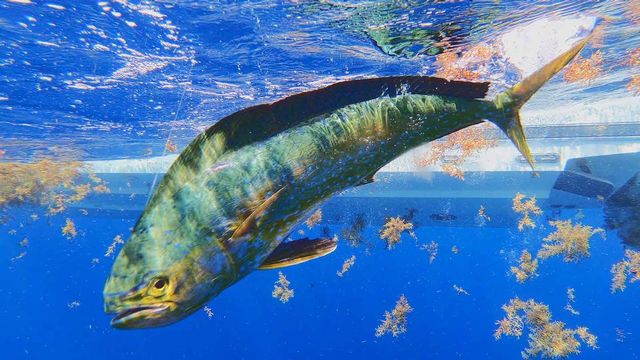Keys Officials Address Sargassum
FLORIDA KEYS — While news reports created awareness of potentially record arrivals of sargassum, the scientific name for the brown seaweed that floats in ocean waters and can wind up on Florida shorelines, a May 31 scientific report indicates that levels have unexpectedly declined.
Continued tracking of sargassum movement by the University of South Florida Optical Oceanography Lab indicates an unexpected 15 percent decline in the quantity of sargassum in the Great Atlantic Sargassum Belt (extending from west Africa to the Gulf of Mexico) during the month of May 2023, compared to April 2023.
For the Florida Keys and east coast of Florida, USF scientists wrote in their latest bulletin that sargassum quantity is likely to decrease in June.
Meanwhile, Florida Keys county and municipal officials say they are removing sargassum from public beaches as needed.
The seaweed itself is not harmful. In fact, recreational and charterboat fishermen seek sargassum in the Gulf Stream because it can provide shade for baitfish and gamefish such as mahi-mahi, known more commonly in the Keys as dolphin, a highly prized gamefish.
But when sargassum ends up on beaches it can harbor jellyfish, sea lice and other sea life. For most beachgoers it is not pleasant to walk through to gain access to the water. Some scientists believe sargassum and items that may wash ashore within it, including plastic, may harbor harmful bacteria.
When sargassum washes ashore in big quantities, it can create headaches as it decays under the sun and gives off a rotten egg smell caused by the release of hydrogen sulfide. It may create health issues for some humans who have chronic respiratory problems, according to Monroe County Health Department Administrator Carla Fry.
Sargassum moves with tides, currents and wind.
The problem in South Florida and the Keys is that prevailing winds are typically onshore during spring and summer. So, the only effective way to attack sargassum accumulations is to remove it with equipment and manpower.
"We keep engaged with our beaches in Marathon," said George Garrett, the city manager for Marathon, whose oceanside public beaches include Sombrero Beach and Coco Plum Beach. "We normally rake four times a week."
Kevin Wilson, the assistant Monroe County manager, said that the county monitors and responds with equipment to Higgs Beach in Key West seven days a week. If needed, staff will employ seaweed removal twice a day.
The City of Key West employs a beach cleaning contractor that cleans beaches every day, according to Public Information Officer Alyson Crean.
Keys oceanside hotels typically employ their own staff or contractors to deal with sargassum removal.
Resources:
Florida Department of Health - Monroe County: https://monroe.floridahealth.
Florida Keys National Marine Sanctuary Facebook: facebook.com/
In this file photo, an angler fishes for mahi-mahi along a sargassum weed line. (Photo courtesy of George Poveromo)
Sargassum can provide shade for baitfish and gamefish such as mahi-mahi as seen in this file photo. (Photo courtesy of George Poveromo.)


